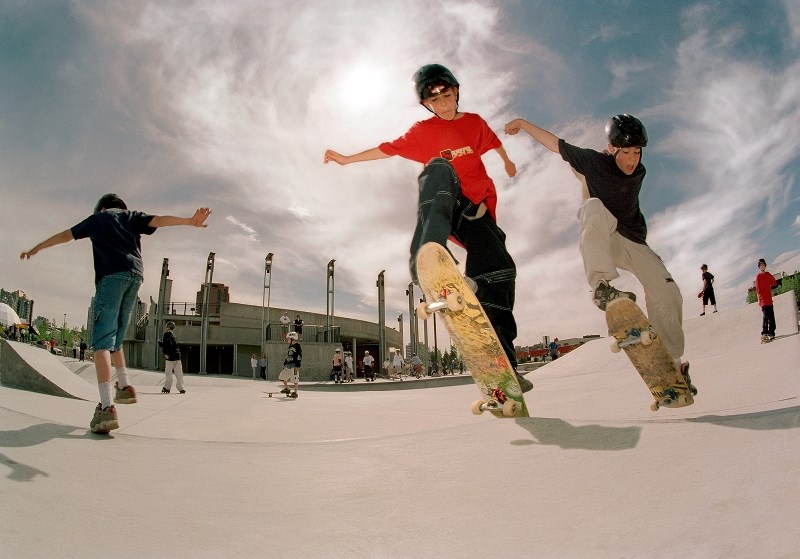Summer.
As a child, summer was endless, days brimming with fun and games… racing pedal bikes along leafy lanes, splashing through the shallows at the beach or mastering a game of catch in the backyard.
For photographers, the vibrancy of summer offers endless opportunities to capture the joy of being alive. With a little understanding of shutter speed, you can preserve family memories for decades to come.
There are three basic categories of shutter speeds that you need to capture the full expressive power of summer fun with your camera. Our eyes perceive motion at a fixed rate of about 1/60th of a second. But your camera can record a much wider range of speed, which gives you a lot of creative control over how motion will look in an image.
Fast shutter speeds (like 1/500th to 1/1,000th of a second) freeze movement in its tracks. A falling object halted in mid-air is an example of a photo shot at a fast shutter speed.
Slow shutter speeds (like 1/2 to one second) record movement as streaks or blurs of colour: the shutter curtain is held open long enough that the sensor records the object in more than one physical location as it moves across the scene.
We’ll cover fast shutter speeds in this article and save the magic of slow shutter speeds for next month’s column. If you can’t wait until then, or for more detail, check out our eBook on oopoomoo.com, Creative Use of Shutter Speed: Painting with Time.
The first step in photographing stop-action in children at play is a mental shift: instead of thinking of the name of the activity your child is engaged in (baseball, swimming, biking), try to think descriptively of what the movement actually looks like. A good photographer doesn’t categorize — they ‘see’ the energy involved (twirling, bursting, creeping). Is your child moving quickly or slowly? Are they changing their elevation, or is the activity steady and rhythmic?
When you learn to ‘see’ the true nature of the movement, then you can decide what shutter speed will capture that character of movement. All too often we fail to think creatively about shutter speed and end up with blur when we don’t want it or stop-action when colourful streaks would tell the better story.
To record fast shutter speeds, you’re going to need two things: first, a camera that allows you to move to shutter priority mode (so you control the shutter speed) and second, enough light to expose for very short periods of time. In other words, don’t try your first stop-motion effects in a dark house.
Next, you need to think ahead to the moment you want to capture. Things are going to happen so fast that you need to be ready and already shooting in order to maximize your chances of getting a good result.
The moment we’re talking about is when something interesting is happening. For example, if your child is mutton bustin’ in the rodeo and about to pitch from the lurching sheep, you may wish to preserve the look of surprise on your child’s face as the dusty ground looms. Or, if you are a less mischievous parent than that, perhaps you are seeking to preserve that perfect smile as your child grins down at you from the apex of their swing at the park.
Ready to shoot? Switch your camera to shutter priority mode. Dial in a shutter speed between 1/500th and 1/1,000th of a second. If you have a continuous shooting mode, (recording multiple exposures in rapid-fire succession), then engage that shooting mode.
Start shooting just before your child moves into the moment of peak action and continue shooting just after they leave that moment. Review the images you just shot on your LCD, magnifying to check for sharpness. You will probably need to do several takes, so it helps if your child is enjoying the game he or she is playing.
If you’re seeing some motion blur, you may need to increase your shutter speed and correspondingly increase your ISO to allow faster shutter speeds to stop all movement. Or, if focus seems to be the problem, try a single point focus mode (keeping that point over your child’s face as you’re photographing) or special focus modes like tracking mode or face recognition if your camera has them.
Experiment and be patient; you can always delete later, but you can’t get back a moment that slipped through your fingers.




